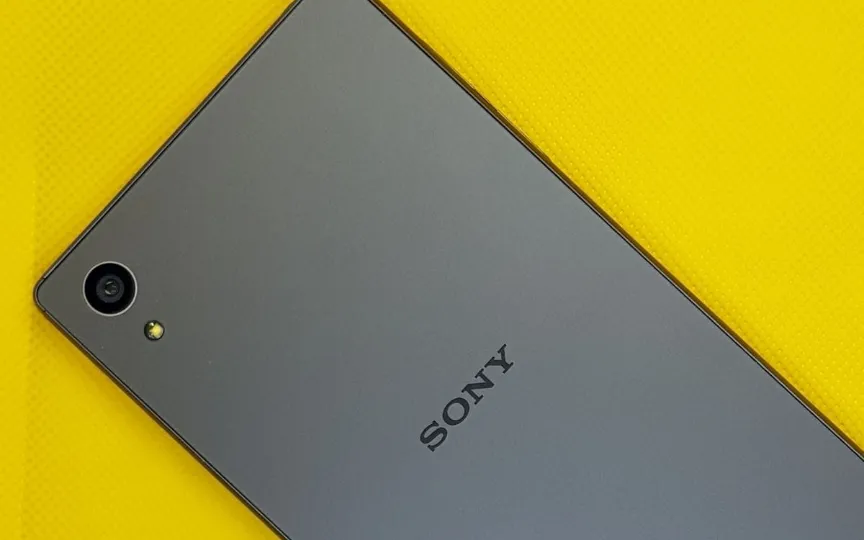Uncovering Fake AI Images: How Smartphone Cameras Can Help!
AI photography and videos have become a major concern on the Internet, as people find it difficult to distinguish between the modified and original versions. But it seems the industry wants to save people from these problems, and Sony is coming to the forefront with its new AI-resistant technology.
The Japanese brand is developing a new in-camera authenticity mark for photos that can detect if the image has been altered with the help of artificial intelligence. Sony is one of the biggest players in the camera sensor market and also has a solid foothold in the regular camera segment. The new technology has gone through several tests and is expected to be part of the brand’s new camera lineup in 2024.
Sony has conducted these tests together with the Associated Press, which processes the photos and shares them with global media agencies. So what does the new AI technology do? Sony explains that the camera’s AI software can add a digital signature to a photo that is easily detected when someone tries to change the visual image using AI-based software or editing tools.
However, the exciting part of the news is that Sony, which also makes sensors for smartphone cameras, could introduce AI technology in its Xperia line, which could be a big step forward for the industry. “In addition, our in-camera authenticity technology has shown valuable results and we continue to develop it towards a wider release,” Sony Electronics CEO and COO Neal Manowitz hinted at these integrations in this release.
On top of that, the likes of Qualcomm are encouraged to continue with AI-centric chips like the recently launched Snapdragon 8 Gen 3 model. AI is here to stay and thrive thanks to the innovation in hardware where smartphones are powerful enough to handle these tasks.
You can use an AI chatbot like ChatGPT on your iPhone and search for answers with your voice. In line with these advances, it is critical that the industry remains at the forefront of preventing these potential threats.




